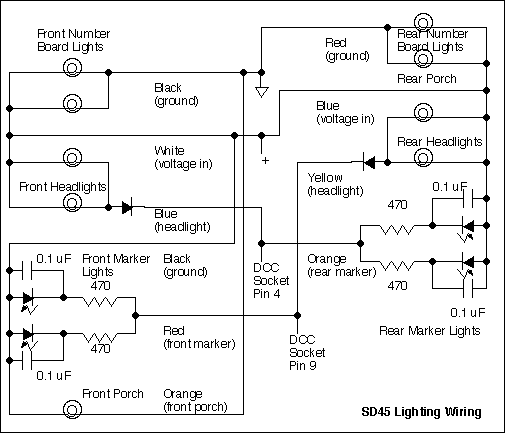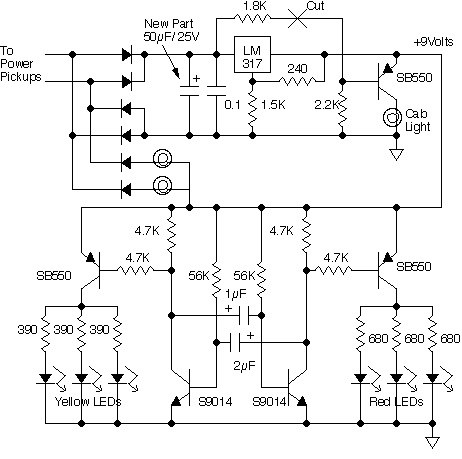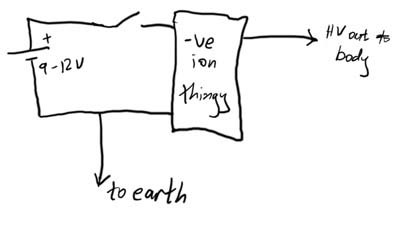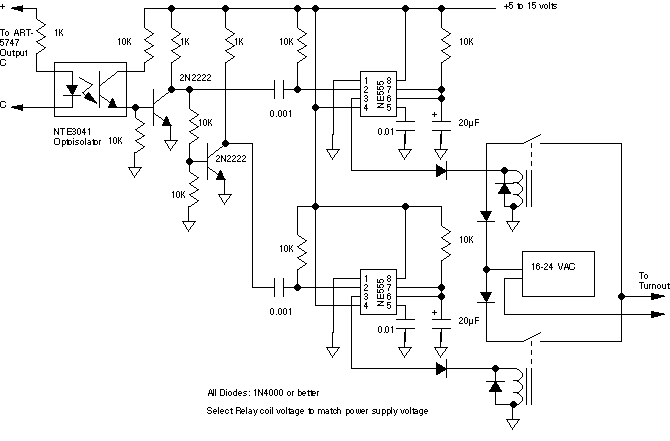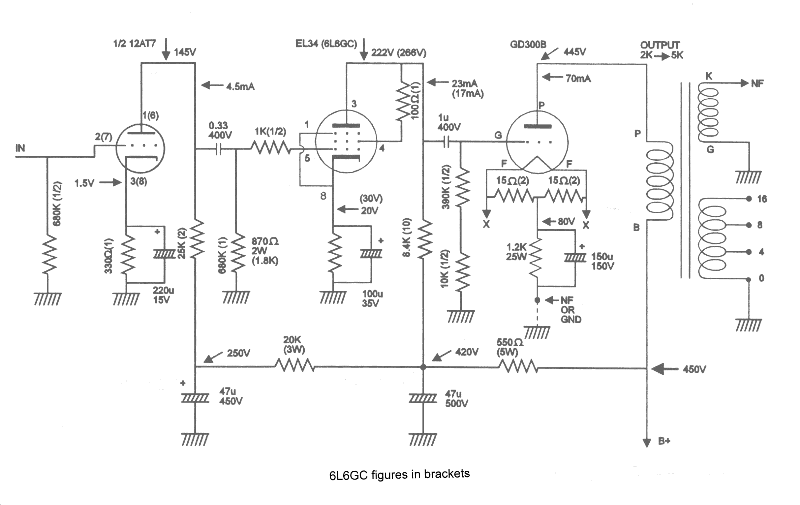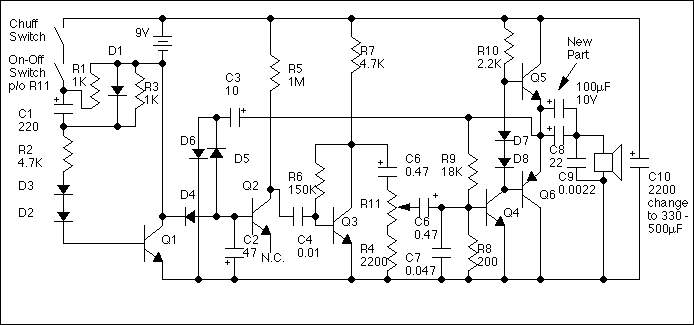
Aristo Streamliner Tips
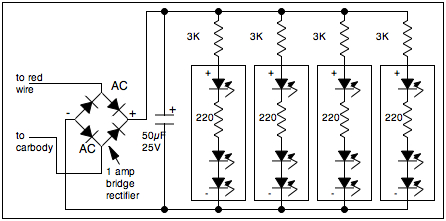
The streamliner passenger car was introduced just before World War II as part of dedicated passenger car and locomotive sets. These cars were designed to be lightweight, enabling high speeds with a relatively small diesel engine. Over time, railroads integrated them into regular trains due to their comfort and attractive appearance. In the 1940s and early 1950s, it was common to see mixed consists of streamliners and heavyweight cars, often pulled by steam or diesel locomotives, sometimes with steam helpers in front of an F7 ABBA set on routes like Cajon Pass. Later, solid consists of streamliners became prevalent across the country. Aristo's model of the streamliner car is based on a Budd prototype, measuring 30 inches long across the stock couplers and 27.5 inches across the striker plates, which scales to 66.5 feet at a 1/29 scale, making it slightly shorter than the prototype. Unlike standard heavyweight cars, these do not feature internal details. The windows are covered with a green tinted film, and the cars are illuminated, providing a good nighttime effect. An equipment box resembling a fuel tank hangs under the car, which includes a cutout for the sound system on/off switch, suggesting that Aristo is utilizing some existing tooling. The car is constructed from a single aluminum extrusion, giving it the appearance of polished metal. The end caps are made of molded plastic, and while the color of the caps and attached doors does not precisely match the car bodies, it is close enough. In the ATSF Warbonnet scheme, the engine color does not match the cars, reflecting the original prototypes where engines were painted steel and cars were either stainless steel or polished aluminum. A matching model paint for the polished metal car bodies has not yet been found. At the Queen Mary show in June 1998, Aristo displayed an end cap for an observation car that had been nickel plated, which matched the car color better than the unplated plastic versions. Aristo claimed they would offer new observation end caps and car ends to owners of older cars for a nominal fee. The diner appears to have been delivered with the new end caps, which, while not a perfect match, are significantly closer in color. The height of the streamline cars is 6.125 inches above the railhead, which is a full half-inch taller than the Aristo standard heavyweight cars at 5.625 inches, and the diaphragm offset is even more pronounced at 0.75 inches, making compatibility between these two types less than ideal. However, the heights of the Aristo FA/FB models and their diaphragms match the streamliners well. These cars require large radius track for proper operation, with a minimum practical radius of 4 feet, though larger radii are preferable. All cars are equipped with four-wheel sprung trucks. The dome car is designed in the original short dome configuration, with EMD executive Cyrus R. Osborn credited for conceiving the first dome car. The Chicago, Burlington & Quincy Railroad modified a standard car in its own shops in 1947, resulting in the Silver Dome, which was an immediate success. By 1947, several railroads had ordered 40 such cars from Budd, and in 1952, ATSF ordered the first of 14 full-length dome cars, with an additional 16 built by Pullman-Standard. Thirteen of those original giant domes still operate on the Alaska Railroad as private cars owned by Holland America Westours. The short dome of the Aristo Dome car can be easily removed by pressing inward under the center windows at the front and rear, revealing a simple seat assembly that appears to be vacuum-formed and lightly frocked. Although there are no aisleways between the seats, this is not very noticeable when the dome is installed. The dome area is not explicitly illuminated, but some light does penetrate from the main cabin.
The streamliner passenger car represents a significant evolution in rail transportation design, combining aesthetics and functionality. The lightweight construction allows for improved speed and efficiency, while the integration of modern materials, like aluminum, enhances both the appearance and performance of the cars. The design choices, such as the green tinted window film and the absence of internal detailing in favor of a sleek exterior, reflect a focus on the visual impact of the train rather than the interior experience. The historical context of these cars, transitioning from luxury to practicality, illustrates the changing demands of rail travel over the decades.
The engineering of the dome car, particularly its removable short dome feature, demonstrates a thoughtful approach to modular design, allowing for easy access to the seating area for maintenance or customization. This modularity is complemented by the need for large radius tracks, emphasizing the engineering considerations necessary for smooth operation and performance in real-world conditions. The continued use of these models in private rail services highlights their lasting appeal and the successful adaptation of historical designs for modern use. Overall, the streamliner passenger car embodies a blend of historical significance and contemporary engineering principles, making it a noteworthy subject of study in the evolution of rail travel.The streamliner passenger car came into existence just before W. W. II as parts of dedicated passenger car and locomotive consists. They were designed to be lightweight to allow high speeds with a single rather small diesel engine. Eventually the railroads migrated them into regular trains based on their ride comfort and splashy looks. During the 40 `s and early 50`s you could occasionally find mixed consists of streamliners and heavyweights pulled by either steam or diesel or both in some places. A steam helper in front of an F7 ABBA set was not uncommon on the Cajon Pass. In later years, solid consists of streamliners could be found across the country. Aristo`s model of the streamliner car is based on a Budd prototype. The car is 30" long across the stock couplers and 27-1/2" long across the striker plates. This scales out to 66. 5` at 1/29 scale which means that this car is a little bit short. Unlike the standard heavyweights, these cars have no internal detail. There is a green tinted film covering the windows. The cars are lit and at night the effect is still quite good. There is an equipment box hanging under the car that looks suspiciously like the fuel tank on an FA. It even includes the cutout for the sound system on/off switch. It would appear that Aristo is recycling some tooling. The car is made from a single aluminum extrusion so that it really does look like polished metal because it is.
The end caps are molded plastic and the color of the cap and doors attached to the caps do not match the car bodies precisely, but they are close. In the ATSF Warbonnet scheme, the engine color doesn`t match the cars, however in the prototype, they didn`t match either.
The engines were painted steel and the cars were either stainless steel or polished aluminum. I have yet to find a model paint that matches the polished metal of the car bodies. At the Queen Mary show in June 1998, Aristo was showing an end cap for an observation car that had been nickel plated. This end cap matches the car color much better than the unplated plastic versions. Aristo claims that they would make the new observation end caps, car ends and domes available to owners of older cars at a nominal charge when they become available.
My diner appears to have been delivered with the new end caps. The color still doesn`t match the car sides exactly, but they are MUCH closer. The car bodies are just too bright to be precisely matched by a coating on plastic. The height of the streamline cars (6-1/8" above the railhead) is a full 1/2" higher than the Aristo standard heavyweight cars (5-5/8") and the diaphragm offset is even worse at 3/4" so that these two types don`t match up too well. The heights of the Aristo FA/FB and their diaphragms do match the streamliners very well. These cars need large radius track to operate properly, the 4 foot radius in this picture is the minimum practical, much more is much better.
All the cars come equipped with 4 wheel sprung trucks. The Dome car is built in the original short dome configuration. An EMD executive, Cyrus R. Osborn, is credited with conceiving the first dome car. The Chicago, Burlington & Quincy Railroad modified a standard car in its own shops in 1947. The Silver Dome was an immediate success. By 1947, several railroads had ordered 40 such cars from Budd. In 1952, ATSF ordered the first of 14 full length dome cars. Eventually 16 more were built by Pullman-Standard. 13 of those original giant domes still run on the Alaska Railroad as private cars owned by Holland America Westours. The short dome of the Aristo Dome car is easily removed by pressing inward under the center windows at the front and rear.
A simple seat assembly is then exposed. This appears to be a vacuum formed piece which is lightly frocked. There are no aisle ways between the seats, but it isn`t too obvious when the dome is installed. The dome area isn`t explicitly lighted, but some ligh 🔗 External reference
The streamliner passenger car represents a significant evolution in rail transportation design, combining aesthetics and functionality. The lightweight construction allows for improved speed and efficiency, while the integration of modern materials, like aluminum, enhances both the appearance and performance of the cars. The design choices, such as the green tinted window film and the absence of internal detailing in favor of a sleek exterior, reflect a focus on the visual impact of the train rather than the interior experience. The historical context of these cars, transitioning from luxury to practicality, illustrates the changing demands of rail travel over the decades.
The engineering of the dome car, particularly its removable short dome feature, demonstrates a thoughtful approach to modular design, allowing for easy access to the seating area for maintenance or customization. This modularity is complemented by the need for large radius tracks, emphasizing the engineering considerations necessary for smooth operation and performance in real-world conditions. The continued use of these models in private rail services highlights their lasting appeal and the successful adaptation of historical designs for modern use. Overall, the streamliner passenger car embodies a blend of historical significance and contemporary engineering principles, making it a noteworthy subject of study in the evolution of rail travel.The streamliner passenger car came into existence just before W. W. II as parts of dedicated passenger car and locomotive consists. They were designed to be lightweight to allow high speeds with a single rather small diesel engine. Eventually the railroads migrated them into regular trains based on their ride comfort and splashy looks. During the 40 `s and early 50`s you could occasionally find mixed consists of streamliners and heavyweights pulled by either steam or diesel or both in some places. A steam helper in front of an F7 ABBA set was not uncommon on the Cajon Pass. In later years, solid consists of streamliners could be found across the country. Aristo`s model of the streamliner car is based on a Budd prototype. The car is 30" long across the stock couplers and 27-1/2" long across the striker plates. This scales out to 66. 5` at 1/29 scale which means that this car is a little bit short. Unlike the standard heavyweights, these cars have no internal detail. There is a green tinted film covering the windows. The cars are lit and at night the effect is still quite good. There is an equipment box hanging under the car that looks suspiciously like the fuel tank on an FA. It even includes the cutout for the sound system on/off switch. It would appear that Aristo is recycling some tooling. The car is made from a single aluminum extrusion so that it really does look like polished metal because it is.
The end caps are molded plastic and the color of the cap and doors attached to the caps do not match the car bodies precisely, but they are close. In the ATSF Warbonnet scheme, the engine color doesn`t match the cars, however in the prototype, they didn`t match either.
The engines were painted steel and the cars were either stainless steel or polished aluminum. I have yet to find a model paint that matches the polished metal of the car bodies. At the Queen Mary show in June 1998, Aristo was showing an end cap for an observation car that had been nickel plated. This end cap matches the car color much better than the unplated plastic versions. Aristo claims that they would make the new observation end caps, car ends and domes available to owners of older cars at a nominal charge when they become available.
My diner appears to have been delivered with the new end caps. The color still doesn`t match the car sides exactly, but they are MUCH closer. The car bodies are just too bright to be precisely matched by a coating on plastic. The height of the streamline cars (6-1/8" above the railhead) is a full 1/2" higher than the Aristo standard heavyweight cars (5-5/8") and the diaphragm offset is even worse at 3/4" so that these two types don`t match up too well. The heights of the Aristo FA/FB and their diaphragms do match the streamliners very well. These cars need large radius track to operate properly, the 4 foot radius in this picture is the minimum practical, much more is much better.
All the cars come equipped with 4 wheel sprung trucks. The Dome car is built in the original short dome configuration. An EMD executive, Cyrus R. Osborn, is credited with conceiving the first dome car. The Chicago, Burlington & Quincy Railroad modified a standard car in its own shops in 1947. The Silver Dome was an immediate success. By 1947, several railroads had ordered 40 such cars from Budd. In 1952, ATSF ordered the first of 14 full length dome cars. Eventually 16 more were built by Pullman-Standard. 13 of those original giant domes still run on the Alaska Railroad as private cars owned by Holland America Westours. The short dome of the Aristo Dome car is easily removed by pressing inward under the center windows at the front and rear.
A simple seat assembly is then exposed. This appears to be a vacuum formed piece which is lightly frocked. There are no aisle ways between the seats, but it isn`t too obvious when the dome is installed. The dome area isn`t explicitly lighted, but some ligh 🔗 External reference
